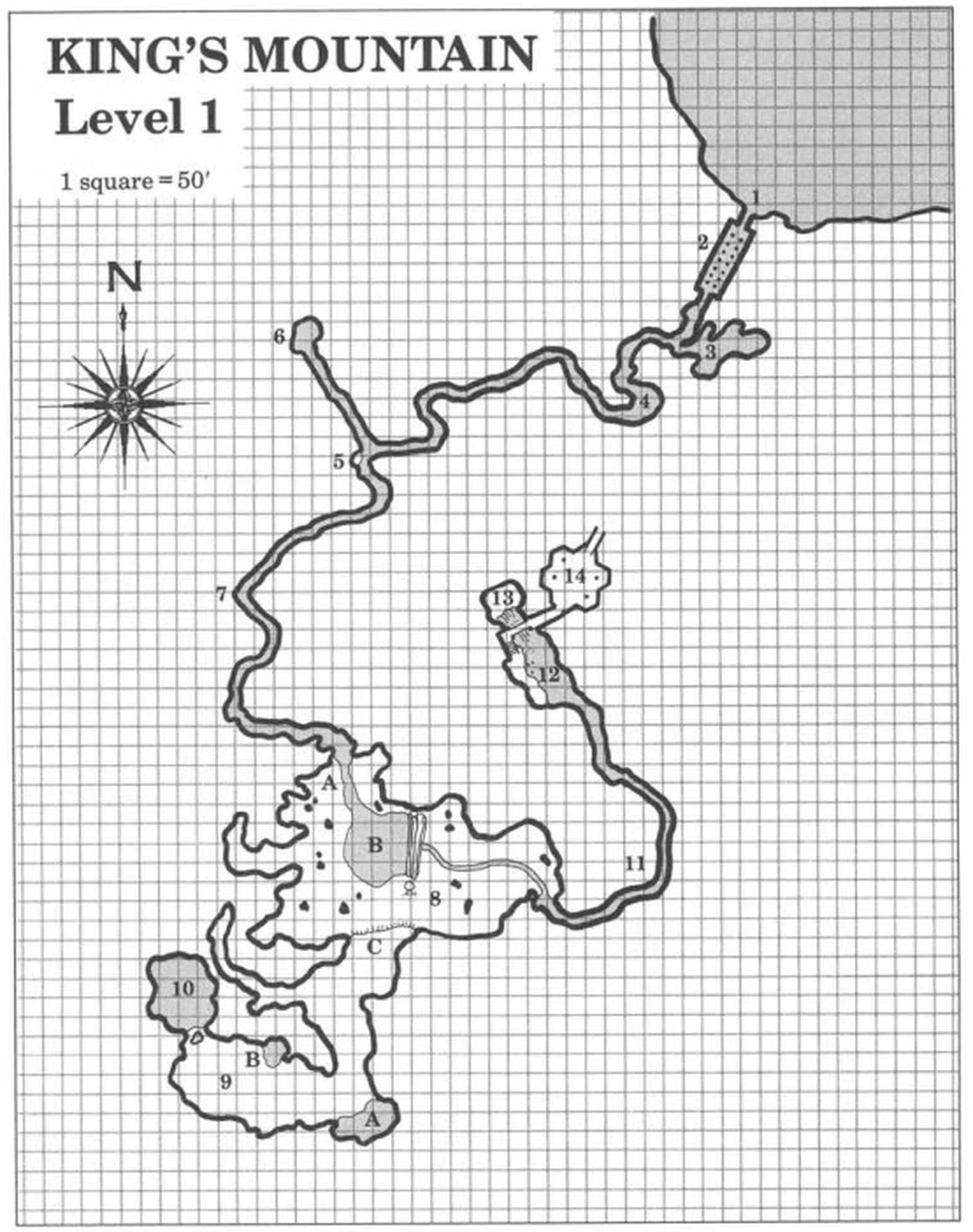Treasure Type P
- Malin Freeborn
- December 24, 2024
A,D&D gave monsters random treasures like this:
| Type | Gold | Silver | Copper | Scroll | Potion | Magical Item |
|---|---|---|---|---|---|---|
| S | 100-600 | 1-10 | - | - | - | - |
| P | 100-800 | 100-400 | - | 20% | 15% | - |
The system goes like this:
- The players randomly encountered an Owlbear. It has ‘Treasure type P’.
- The DM then rolls 1D8 x 100, and determined that it has 200 cp in its nest, because all monsters like collecting coins, because all monsters in A,D&D work like hyperactive magpies.
- Rolling a D100, the result of ‘58’ shows that the owlbear has no magical scrolls.
- A second D100 roll of ‘03’ shows that the owlbear has a magical potion, so the DM selects one from the Dungeon Master’s Guide.
Like so many A,D&D systems, it seems more suited to a computer than a DM, and demands far too much time to prepare, even ahead of time. The system begins by embracing randomness, then immediately switches to DM-fiat as the DM must select which magical items the party can gain. It has demanded 4 dice rolls, and still hasn’t determined a result.
Clearly, there are easier systems to do what’s required here.
Alternative 1: One Table
The system wants to give out little treasure for some monsters, and much more treasure for others. Some monsters should have a good chance of magical items, while others have less.
We could achieve this, with about the same spread of results, by just stipulating treasure in terms of dice and modifiers.
- Nothing
- Nothing
- HP cp x 10
- HP cp x 50
- HP sp x 5
- Nothing
- HP gp
- Potion
- Scroll
- Nothing
- Potion
- Scroll
- HP gp x 10
- Minor magical item
- Major magical item
- Potion
- Scroll
- Nothing
- Minor magical item
- Major magical item
Now we can specify treasure types with dice rolls, like this:
| Creature | Treasure |
|---|---|
| Dragon | 3 x 1D10+5 |
| Owlbear | 2 x 1D6+2 |
| Kobold | 1D20 |
If course it needs a few more tables for potions and scrolls, but you get the picture. The dragon needs 3 dice rolls, and determines the exact coinage count by its Hit Points. Potions and scrolls might also get a table which equals the creature’s HP (since they’re rolled randomly anyway).
Just to show a couple of results:
- Owlbear (16 HP): 160cp, 16gp
- Owlbear (24 HP): 1440 cp
- Owlbear 3 (21 HP): 21 gp
- Dragon (40 HP)): Potion, minor magical item.
- Dragon (53 HP): 530gp, scroll x 2
- Kobold (3 hp): 3 gp
- Kobold (6 hp): minor magical item
Alternative 2: LaTeX
Of course (of course!) BIND simply uses LaTeX to automatically assign random treasure.
It doesn’t have much variation in the code, but you wouldn’t know it when looking at the results.
- Small loot is (1D8+4) x 1D4 cp.
- Medium loot is (1D18+4) x 3 sp.
- Big loot is (1D18+4) gp.
- Jewellery loot is a list of 10 jewellery items.
- Magical loot is a list of 10 magical items.
- Goblin loot is a list of 10 bits of tat.
Each list cycles round, from 2 to 3, then 4, then eventually loop back to 1.
Every trader has a random number of silver pieces. Each elf has a couple of pieces of jewellery. And every goblin has some unique tat.
